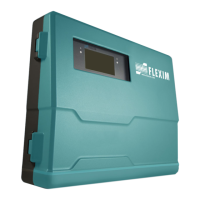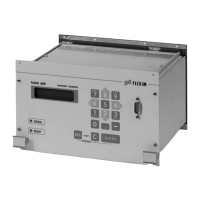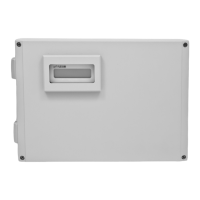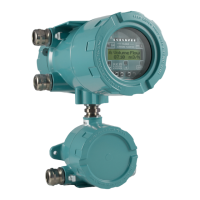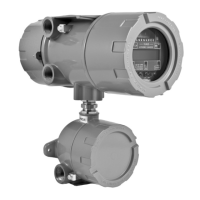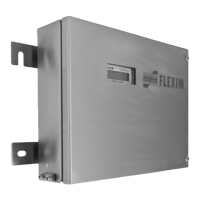14 Inputs
PIOX R721 14.1 Configuration of an input
77
UMPIOX_F72xV1-3EN, 2021-09-01
14.1.3 Definition of a switching condition
A switching condition can be defined.
• Select Yes if a switching condition is to be defined. Select No to display the next menu item.
• Press ENTER.
If a switching condition is defined, several transmitter functions can remotely be triggered.
• Select a list item:
– MAX (x>limit): the switching condition is met if the measured value exceeds the limit.
– MIN (x<limit): the switching condition is met if the measured value falls below the limit.
– ERR (x=fail): the switching condition is met if a measurement is not possible.
– Within range: the switching condition is met if the measured value is within the defined range.
– Out of range: the switching condition is met if the measured value is outside the defined range.
• Press ENTER.
• Enter the limit for the switching condition.
• Press ENTER.
This display will only be indicated if MAX (x>limit) or MIN (x<limit) is selected.
It is possible to define a hysteresis to avoid a constant switching of the event trigger.
The event trigger will be activated if the measured value exceeds the upper limit and deactivated if it falls below the lower
limit.
• Enter the value for the hysteresis.
If zero is entered, no hysteresis is used.
• Press ENTER.
This display will only be indicated if MAX (x>limit) or MIN (x<limit) is selected.
• Enter a time interval at the end of which the event trigger has to switch.
• Press ENTER.
14.1.4 Terminal assignment
The terminals for the connection of the input are displayed.
By pressing or further information is displayed.
• Press ENTER.
Inputs\...\Trigger value
Inputs\...\Function
Inputs\...\Trigger value
Inputs\...\Hysteresis
Inputs\...\Glitch interval
Inputs\...\Input info

